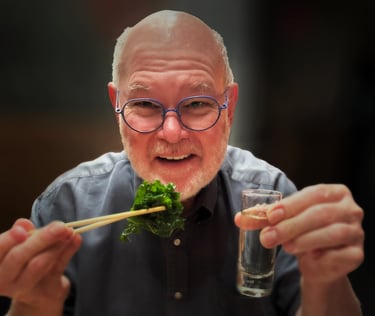What is reportage? In the context of photography, reportage is the use of photo-journalistic techniques to tell a story. The video presented below is an example. It is a project that I conceived, photographed, and assembled into a video presentation in a single 24 hour period, on location in San Miguel de Allende, Mexico in 2006.
My objective was to convey emotional anguish through a sequence of still images with. a narrative. In addition to the myriad of technical challenges that accompany any photo shoot, I had to assume the additional role of movie director. My goal was to instill specific emotions into the characters (models) and coax those emotions to reflect back into the still images. The story is one of infidelity and a relationship in decline – be advised there are some nude photographs in this presentation. Technical details are shown further down the page.
reportage
Click on this icon in the video window to open a separate viewing window which can be enlarged.


Click on this icon in the video window to expand for full screen viewing.
The musical accompaniment is the Adagio from the Marcello Oboe Concerto in D minor – a choice that has special meaning to me, having performed it in high school with the Connecticut College orchestra. The subjects are acquaintances and friends local to San Miguel – not professional actors or models.
The images were captured with a Nikon D200 camera body using a 24-120 f3.5 zoom lens. I was working alone, so no photography assistant was used throughout the day-long shoot. The lighting is all-natural, using disc reflectors for shadow infill and highlighting. All image capture was hand-held.
This camera equipment was "prosumer-grade" for the period, but positively arcane in contrast to current-day technology. The camera sensor is DX format CCD (23.6 mm × 15.8 mm), so not full frame 35mm, with a maximum ISO rating of 1600, so not particularly well suited for the low-light conditions I faced.
Turning the series of still images into a video sequence was also limited by the technology of the time. The original version of this, shown to a class of photography students the day after the shoot and a long night editing, was constrained to 720P format (1280x720) by the video editing software and display hardware. Even with those restrictions, the editing software did facilitate the "Ken Burns" effect (pan/zoom) of the still image to create emphasis.
The version shown here is a re-mastering of the original, using 4K video resolution from the original 3,872 x 2,592 RAW digital files. The image sequencing, timing, dissolves, and pan/zoom effects are precisely the same as the original, as is the music score syncing.
I have some mixed feelings as to the success of the re-mastering. In one sense it more-fully illustrates the realism of the images and emotions, while at the same time it illuminates the technical shortcomings of the equipment used to capture the images – specifically the marginal quality of the image sensor in the cameras of this era for low-light photography.


